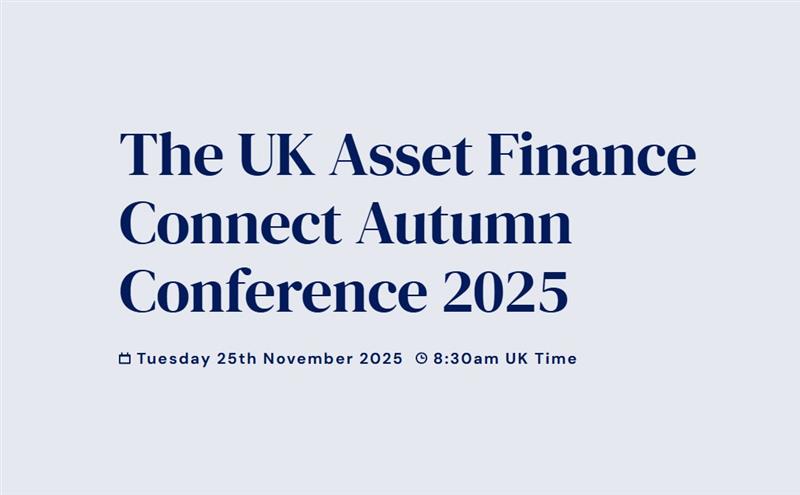Rightsizing in asset finance: Lessons from the field - Key insights from NETSOL’s podcast
Discover how NETSOL’s Farooq Ghauri explains the art and science of rightsizing in asset finance, balancing teams, budgets, and efficiency for lasting success.

“In an industry where projects can span years, geographies, and millions in investment, getting the team size right isn’t just a matter of efficiency; it’s a matter of survival” - Farooq Ghauri, Regional Director for APAC, NETSOL Technologies, Inc.
In the latest episode of the NETSOL Podcast, host Adzra Zulkifli, Field Marketing Coordinator, Australia, sat down with Farooq Ghauri, Regional Director for APAC, to unpack one of the least-discussed but most consequential challenges in asset finance: rightsizing resources.
With over 22 years in the industry and experience across 200+ large-scale projects, Farooq brings a rare vantage point from both vendor and client perspectives. From misaligned budgets to overstaffed projects that stall progress, he offers practical wisdom grounded in real-world delivery.
Why it matters in asset finance
“Whether you have too many people or too few, the impact carries all the way post go-live.” Farooq Ghauri
Asset finance implementations, from origination and servicing systems to end-to-end leasing platforms, often run across two to five-year cycles, touching every function from credit and collections to dealer and OEM integration.
In these complex ecosystems, even minor misjudgments in resource planning can ripple into missed deadlines, blown budgets, or unscalable architectures.
The goal, Farooq explains, is balance:
In practical terms, rightsizing means matching capability, timing, and context, ensuring analysts, developers, and migration experts are deployed only when their contribution drives momentum rather than friction.
How to size: the science and the art
Farooq Ghauri breaks the approach into two dimensions:
1. The science
Ground decisions in historical data. With four decades of delivery experience, NETSOL tracks performance benchmarks across project types, geographies, and asset classes. “We rely on that data to give us a baseline of what is required,” he says. Patterns from past projects inform not just how many people are needed, but when they are most effective.
2. The art
Account for the unknowns. No two implementations are identical. Markets shift, regulations evolve, and clients vary in maturity.
“The art lies in identifying and managing those unknowns, foreseeing where flexibility will be needed and where you can standardize” - Farooq Ghauri
This aspect of rightsizing aligns with proactive risk management, emphasizing anticipation and preparation for unexpected challenges. Together, these principles form what Farooq calls the operational rhythm of a successful transformation, data-driven yet adaptive, structured yet fluid enough to handle surprises.
“We rely on data for the baseline. Then we look at the unknowns, and how to deal with them” - Farooq Ghauri
The budget trap: when cost control backfires
Few topics elicit stronger reactions than budgets. In asset finance, where implementations easily run into multi-million-dollar investments, the instinct to pre-define a tight budget is understandable. But as Farooq cautions, starting with a fixed number before understanding the real scope is one of the biggest pitfalls.
An oversized budget may seem benign, but it often leads to overstaffing and inefficiency. The greater danger, however, lies in under-allocation. Understaffed teams stretch thin, critical tasks are delayed, and quality control suffers, costs that compound long after go-live.
Farooq’s recommendation? Start with a high-level framework, not a ceiling.
“Have an overall budget, but engage with vendors early to understand the true complexity before locking numbers in” - Farooq Ghauri
The takeaway: budgets should enable rightsizing, not constrain it.
A case from the field: Two countries, six products, one phased success
One of Farooq’s most telling examples comes from an equipment finance implementation spanning Australia and New Zealand.
“It was a two-country, six-product, phased go-live. We combined discovery and business-process mapping for both markets but delivered them separately.” Farooq Ghauri
By merging the analysis stages and separating delivery phases, the team reduced duplication while respecting local nuances. The result was lower risk, leaner testing, and a faster training cycle, all without compromising quality or regulatory alignment.
That experience, he says, underscores a simple truth: rightsizing isn’t about cutting corners; it’s about cutting waste.
Managing stakeholders: Communication as a control mechanism
Beyond headcount and skills, Farooq stresses that communication is the hidden backbone of successful resource management.
In large projects, there are two planes of coordination:
- The working level that ensures the right experts are present at the right milestones (e.g., data migration, testing, go-live)
- The executive level that keeps decision-makers aligned through structured governance.
NETSOL’s approach uses multi-layered governance models, daily syncs, weekly workstream reviews, and monthly steering committees to ensure visibility and agility.
“As regulations change or scope evolves, our change-control board steps in with the right stakeholders to keep us agile,” - Farooq Ghauri
When and how to scale up (or down)
Knowing when to add or remove people is as critical as knowing who to add. Over time, teams must evolve with the project’s lifecycle.
Farooq outlines a phased deployment philosophy: early focus on analysis and architecture, mid-phase ramp-up for development and integration, followed by targeted reinforcement during testing and UAT.
“Not everyone is needed from day one. In a three-year project, you bring in specialists when their expertise adds value, not to fill time.” - Farooq Ghauri
This rolling engagement model keeps utilization high, minimizes idle time, and strengthens morale by ensuring every contributor sees the impact of their work.
Final thoughts: Rightsizing as a leadership discipline
Farooq’s closing advice to leaders? Prioritize strategically.
“Look at what you need and when. During testing cycles, for example, your users will be fully occupied for months, plan third-party support or temporary hires accordingly.” - Farooq Ghauri
This proactive mindset, he adds, separates successful programs from those that merely survive. The best teams don’t just react to workload; they anticipate it.
Rightsizing, in that sense, is less about resource numbers and more about resource intelligence. It’s about clarity of purpose, cross-functional collaboration, and respecting the natural rhythm of transformation.
As Farooq Ghauri concludes:
“Rightsizing is both an art and a science. It’s about balancing efficiency with enough capacity to deliver, not just on paper, but in practice.”
Listen to the full NETSOL Podcast with Farooq Ghauri to dive deeper into rightsizing strategies and see how NETSOL helps asset finance leaders deliver on time, on budget, and at scale.
Related blogs

The importance of knowledge continuity in asset finance: Lessons from the field

NETSOL is a Silver Sponsor at the AFC Autumn Conference 2025




